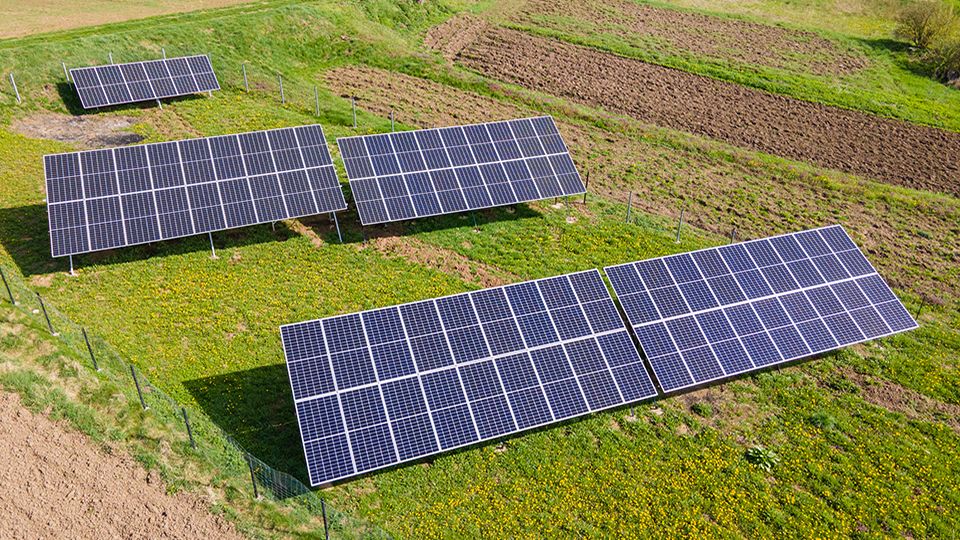Mounting evidence suggests that rising sea levels will put coastal populations and critical economic assets under increasing stress, plus they will spur climate change and ocean degradation on marine ecosystems.
For example, average sea levels have increased over 21 cm since the start of the 20th century, with about one third of this rise occurring in the last 25 years alone.
Although the examples of Venice and the Netherlands show that adaptation can help mitigate the risks, measures to counter climate change represent a significant investment – this is estimated to be between $140bn and $300bn by 2030, increasing to between $280bn to $500bn by 2050, according to the UN’s environment programme.
For investors, Markus Müller, global head of Deutsche Bank’s chief investment office, said in a research report that there are three key takeaways to consider as they plan their portfolios.
Firstly, rising sea levels pose threats to many different types of investment, not just physical assets. Sustainability ratings need to reflect this.
Secondly, adaptation strategies will involve both technology and nature-based approaches, creating a wide range of interesting projects and opportunities.
Thirdly, rising sea levels will have major implications for the overall macroeconomic and policy outlook (such as borrowing and inter-country transfers) which may impact the overall investment environment), added Müller.
Dealing with the economic fallout
Rising sea levels will also bring substantial economic risks, according to the Deutsche Bank report.
Substantial population displacement is not an unlikely scenario. This and the impact of rising seas on food supply, tourism, transport and energy infrastructure, could markedly reduce global GDP.
Sea level rise and floods are expected to cost the world’s economy $14.2trn in lost or stranded assets by the end of the century. The expected annual cost to the economy would be equal to 4% of global GDP, with significant differences among regions.
The north-eastern coast of the US, north-western Europe and significant sections of Asia – particularly nations surrounding the Bay of Bengal, Indonesia, China and northern Australia – are the most vulnerable to extensive floods, the report showed.
Over two-thirds of the world’s major cities, with over a quarter of a billion people, are positioned on the coast. In terms of exposed populations, most of these cities are in Asia: at present, Kolkata probably leads the list, followed by Mumbai, Dhaka, Guangzhou, Ho Chi Minh City, Shanghai and Bangkok.
The rise in sea levels will primarily affect the agricultural sector through land inundation, salinisation of soil and fresh aquifers. A substantial danger can also be foreseen for tourism and recreation through impacts on landscapes, cultural features and critical transportation infrastructures.
Other sectors that may need substantial investments includes fisheries and aquaculture sectors, airport infrastructure, sewerage infrastructure, energy infrastructure, transportation infrastructure and real estate.







